10 stories for and about children based on scary real events
Categories: Children | Culture
By Pictolic https://pictolic.com/article/10-stories-for-and-about-children-based-on-scary-real-events.htmlYou are deeply mistaken if you think fantasy stories are fiction. The fairy tale is a lie, but it hints... at real stories that happened to their authors. We present ten famous narratives, some of which are familiar to us from childhood. Their peculiarity is not in the lesson or morality, but in the true background, which took place in real life. The authors transferred the creepy experience into the plot. The fairy-tale villains were actually real people.

Terrible realities inspired the authors to create masterpieces. Although, it is possible that the writer's talent eventually helped the authors get rid of traumatic memories. In any case, a book villain is not as scary as a real person. We decided to lift the veil of secrecy and tell you about the terrible background of classical works and modern masterpieces that you are definitely familiar with.
Writer J. M. Barry created Peter Pan based on his own experience. The origins of the story go back to the author's childhood, when an accident happened to his brother David. Like many boys, 12-year-old David loved to skate. One winter fun turned into an accident with a tragic outcome — the boy died.

Barry's mother couldn't accept the loss of her child. She became seriously ill and took to bed. Barry was acutely aware of his mother's detachment. In an effort to help, reach out and return his mother's attention, he decided to take a desperate step — he began to copy his dead brother. At first, the trick worked. But it soon became obvious that the memories of the deceased son are much stronger. Barry failed because he was doomed to grow up, while David remained forever in his mother's memory as an eternal child and a bright memory.
However, the terrible backstory does not end there. As an adult, Barry met the Llewellyn Davis family. He became a storyteller for their five children. When his parents were gone, Barry assumed the responsibilities of a guardian. Then the unexpected happened. By an evil irony of fate, one of the children died in the fighting of the First World War. Barry felt the loss hard. The creepy experience formed the basis of the story about Peter Pan.
J. K. Rowling masterfully wove the thread of real events into the lace of the fairy-tale world. First of all, evil dementors, who feed on happy moments of life, leave people with despair and hopelessness. It is worth mentioning that Rowling suffered from clinical depression and knew the severity of these feelings from her own experience.

Rowlin also admitted that she partially rewrote the episode about the death of the main character's parents. The loss of her mother affected, after which the writer felt the ability to empathize with Harry. As a result, the episode received a brightly colored emotional background. Of course, the scene with the Eyalege mirror, which allowed the little wizard to see his parents, is based on J. K. Rowling's experiences.
A fantastic story about the adventures of a little girl has existed for more than 150 years. During this time, Lewis Carroll's fairy tale has become overgrown with rumors and legends about the author's personality, the source of endless fantasy. It is known that the author came up with a story about the Looking Glass, trying to entertain a real girl Alice Liddell. Carroll rode a boat with a 10-year-old companion, telling her tall tales.

The story with the stupid characters was like a delusional dream. Therefore, many adult readers assumed that the author created this opus while under the influence of drugs. And a walk with a 10-year-old girl looks pretty suspicious. Indirect accusations have never been refuted or confirmed, which gave rise to numerous rumors.
It is also not clear what the author's relationship with little girls was. Carroll was fond of photography. He had a lot of pictures with images of naked children. In defense of the author, a version was expressed that Carroll explored the childlike innocence of the female form, which was quite common in his time. Today, such a hobby would arouse reasonable suspicion.
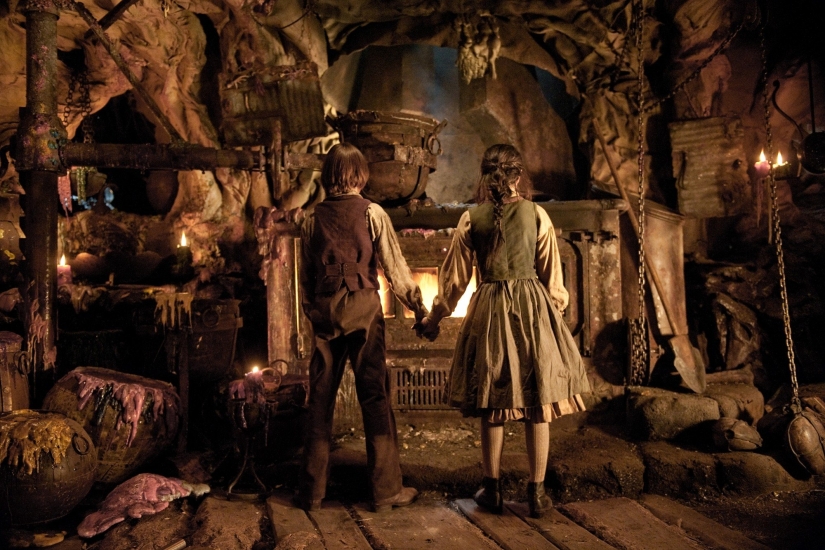
The eternal story of "Hansel and Gretel" was born out of a real tragedy that occurred in the 1600s. At that time, the famous pastry chef Katarina Schraderin lived in Germany. She baked amazing gingerbread cookies. Baker Hans Metzler wanted to get Katarina's recipe by any means and even tried to marry her. But his intentions were so obvious that the pastry chef rejected the courtship. Hurt, Hans began to spread rumors about magic in order to tarnish the name of the artist.Katarina Schraderin came under investigation. Despite the cruel tortures, she managed to defend her honest name and be released. What angered the envious one even more. Hans conspired with his sister Greta to destroy the pastry chef. Together they followed the woman to her secluded forest house. The villains broke into the house, killed Katarina and burned the body in the baker's oven.
Hans and Greta were arrested and executed. During the investigation, they distorted the events so much that they appeared as innocent victims. The unfortunate pastry chef got the role of the villain. The story has come down to us in a distorted form, depicting insidious and cruel envious harmless children.
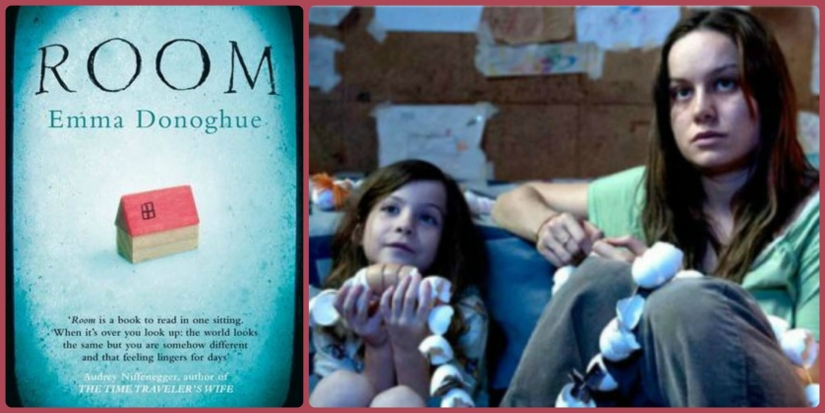
Emma Donohue's book "The Room" stunned the literary world. The story of the painful captivity of a woman with a small child, who was born and grew up in four walls, caused the effect of an exploding bomb. The bestseller brought the author fame, recognition, and awards. The book has so impressed readers and critics that there is reason to consider it a model of modern classics.Emma Donohue has repeatedly refuted the parallel with the real story of the maniac Josef Fritzl, who held his daughter captive for many years. Being a prisoner of her own father, she gave birth to seven children. Most of them lived hopelessly in the basement of the house.
Although the author admitted that she actually came up with the idea of the book. Emma Donohue got carried away thinking about a child who was born and lives in a world about which she has no idea. Actually, these reflections formed the basis of the book.
The famous horror mysteriously "grew out" of a nightmare that Stephen King saw at The Stanley Hotel in Estes Park, Colorado.
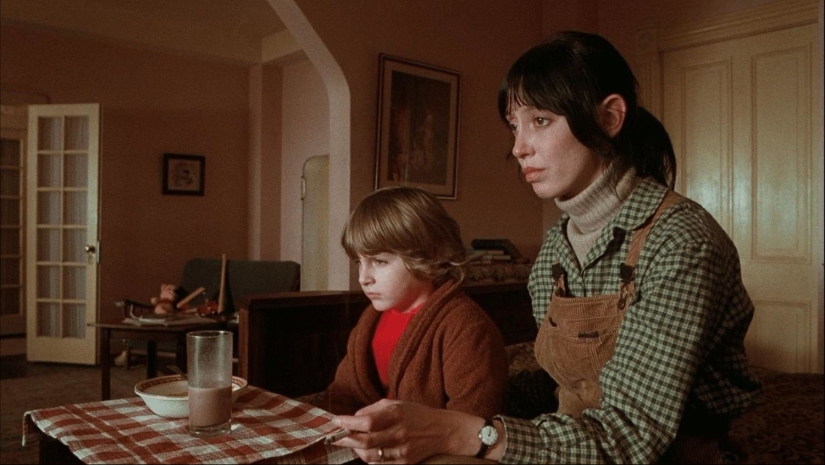
The rooms and furnishings of The Stanley, as well as the pet cemetery at it, served as the basis for several works by Stephen King at once. But the main work was, of course, the horror "Shining", a story about a writer who moved into an empty hotel with his family, where he eventually lost his mind.
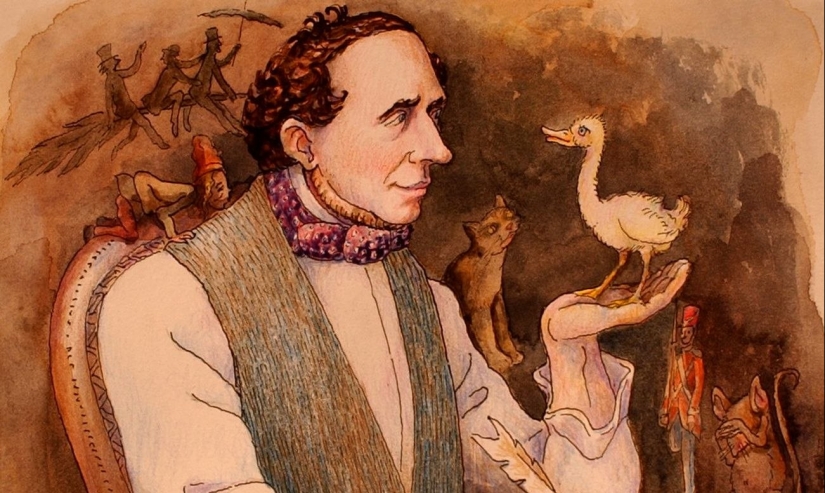
No one doubts that the metaphorical meaning is hidden in the famous fairy tale of Hans Christian Andersen. The main character, faced with endless ridicule, is tormented by the desire to meet his own kind. History is a classic answer to all those who doubt themselves. Difficulties and obstacles can be harbingers of future success.The source of the wise fairy tale is easy to find in Andersen's childhood. He was born into a poor family. Those around him mocked his love for the theater, sublime art. However, he, like that ugly duckling, did not resign himself, did not give in to despondency. Young Andersen found patrons who helped him get an education and develop his innate talents. The poor young man soon became famous, became rich. In a word, he turned into a beautiful swan.
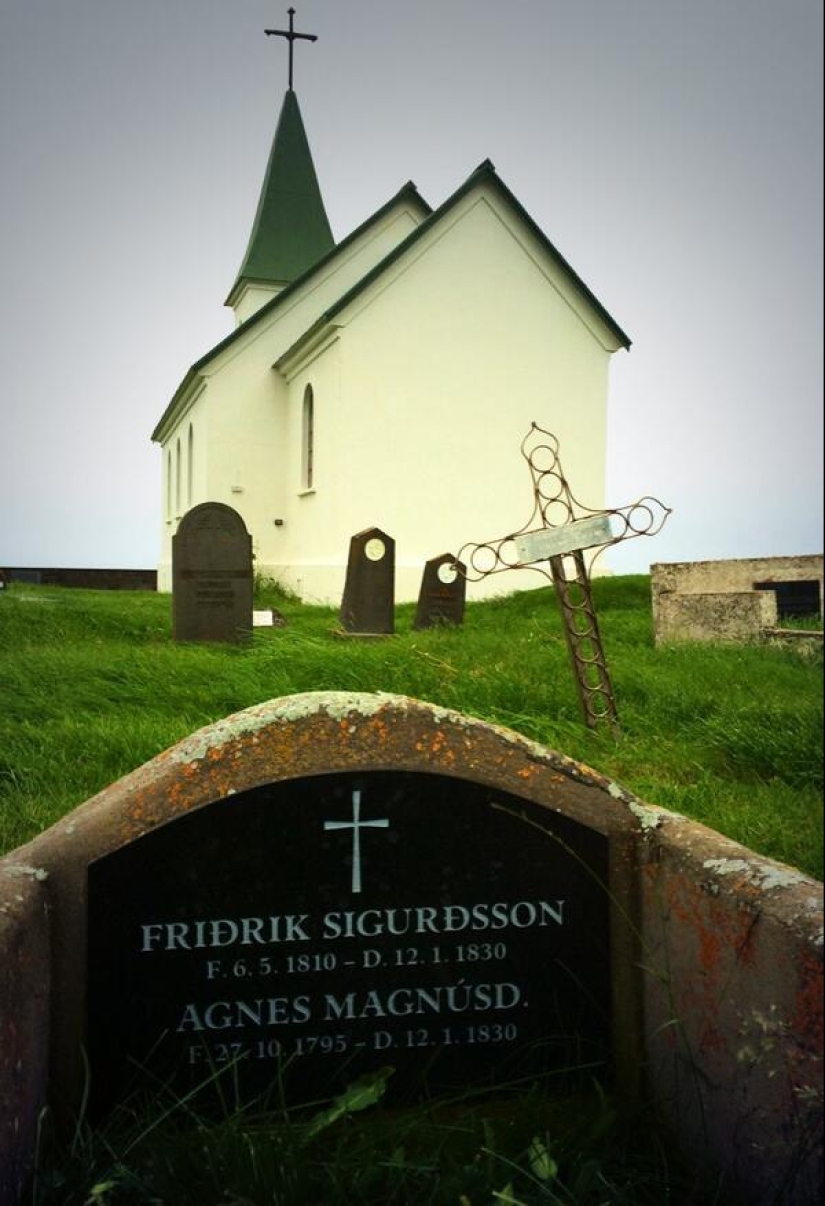
Hannah Kent's atmospheric novel The Funeral Rite has been a huge success since its first edition in 2013. Soon the work was adapted for cinema. The author describes the real events that took place in Iceland in the 1800s. What is unusual is that the actions unfold on behalf of the soul of the main character, who has long left the world of the living.In the 1800s, Iceland was shocked by the murder of two strong men committed by a frail woman. Agnes Magnusdottir was responsible for what she had done and lost her head. The author reveals the events that prompted the woman to take a desperate step. Hannah Kent gave the killer's soul a voice to discover the circumstances of the terrible incident.

Ronald Dahl gave the world a whole series of exciting stories for children. Few people know that "Gremlins" were his first creation. It is noteworthy that during the creation of the fabulous story, Dahl was a pilot of the Royal Air Force. Naturally, some elements of real life migrated to the story for children.The original version of the narrative appeared during the Second World War, when Dahl served in the British Embassy in the United States. One can only wonder how, in the midst of the suffering of the whole world, a bright story about brave Gremlins could appear. The book was last reprinted in 2006. It is believed that Joe Dante drew inspiration from Dahl's works when he created the film of the same name in 1984.
The undisputed leader of the rating is John Green's book "Blame the Stars". Not a childish scary story about children suffering from cancer. The book, which was replicated by millions, formed the basis of the film of the same name. The film version shocked viewers all over the world. It is impossible to watch a heartbreaking story without tears. Hayes and August, knowing about the deadly disease, dared to live and love. Even if not for long, but with the maximalism inherent in teenagers.
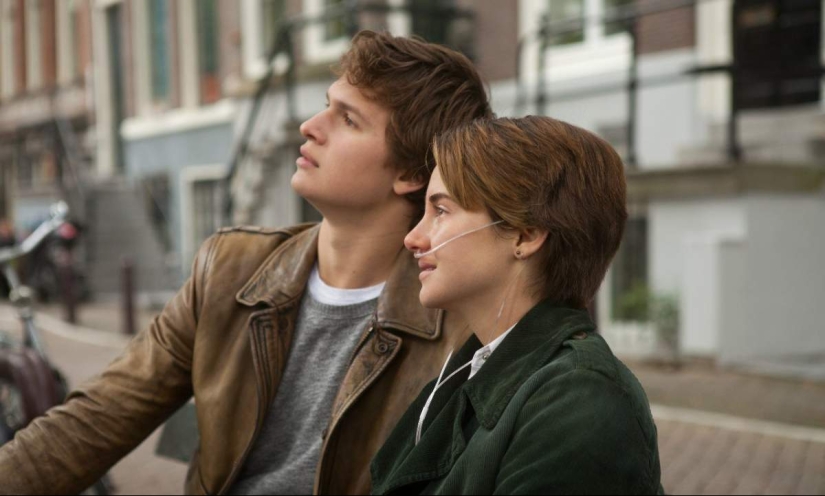
John Green wrote the book while working as a chaplain at a children's cancer hospital. He was not just a witness to other people's tragedies and a confessor of terminally ill children. His 16-year-old girlfriend Esther Earle died of cancer in 2010. The story is permeated with frankness, exposing the destructive power of a terrible disease. Such a masterpiece could not have appeared without lived experience in real life.
Recent articles

On the eve of the New Year, a magical atmosphere reigns in every house — everything is hung with shiny tinsel, there is an ...

Motherhood significantly changes a woman's body. But there are more profound changes affecting the nature and Outlook. Reflected in ...

Some people have genetic abnormalities that make their appearance unique. These body features are usually inherited from parents, ...